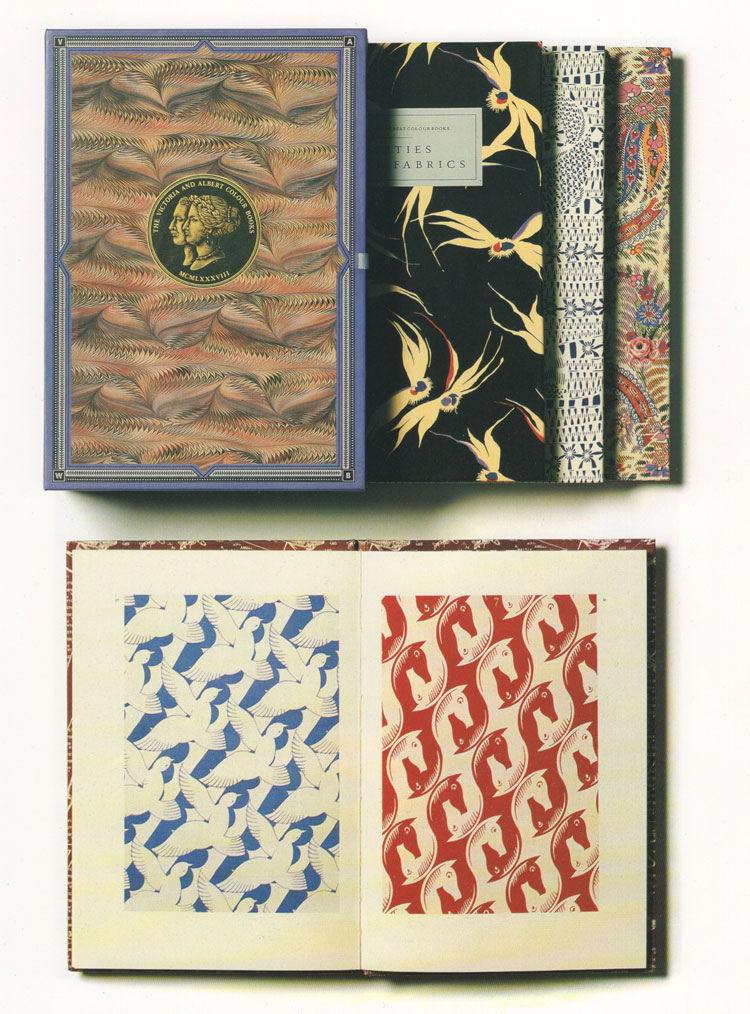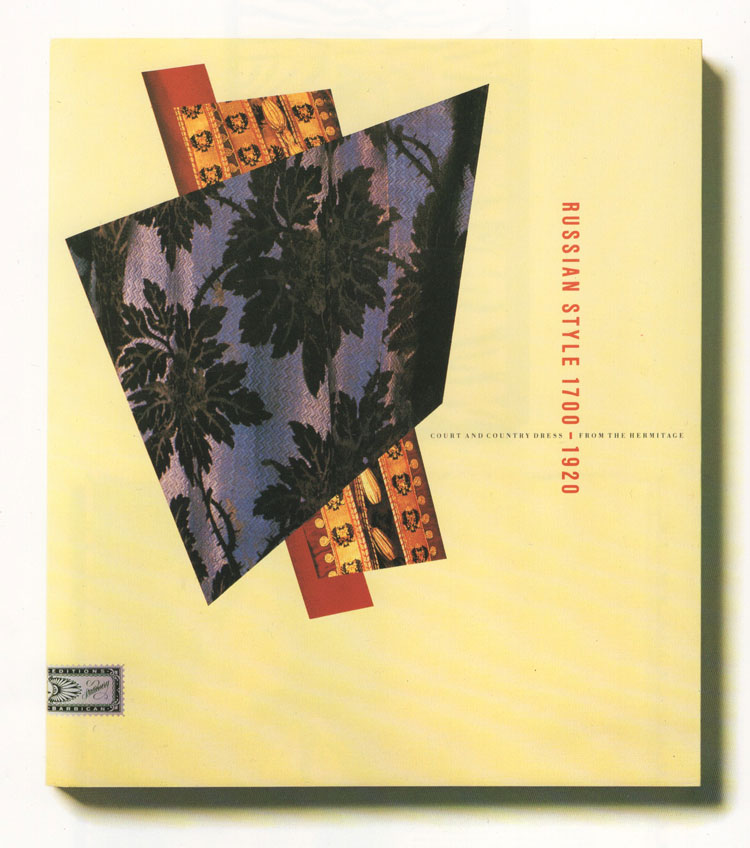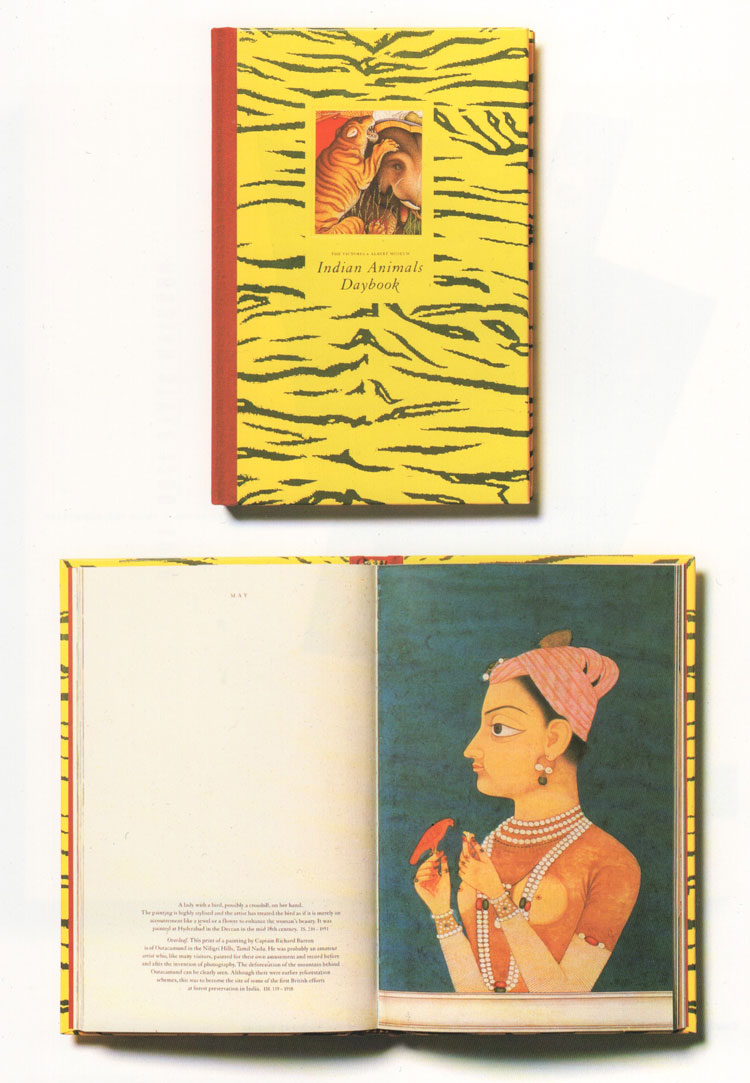Remembering Nicholas Thirkell: “he took ideas to their ultimate expression”
Mike Dempsey looks back at the life and work of Nicholas Thirkell 1942-2021 and speaks to those who knew him.
The sad news came earlier this week of the death of Nicholas Thirkell, my old business partner, colleague and friend.
I’d known him since the late 1960s, when we were both art directors in the publishing world. I was impressed with what he was doing over at Macmillan, so we met for a drink. Nick (as I always called him) cut a rather dashing figure: he was tall and rather aloof, with a well honed RP accent – think BBC continuity department and you’ll have it.

But disrupting that sophisticated image was his passionate habit. He could often be seen smoking rollups created from a little pouch he kept in his pocket and I always felt he would be a man better suited to the more sedate period of the 1950s; I imagined him frequenting the gentlemen’s clubs of St James’s.
Creatively, it was another story. Nick was extraordinarily talented as a designer and art director, with an uncanny ability to recognise great emerging talent, especially illustrators. We had a friendly rivalry through our love of book cover design, and our output found its way onto the pages of the D&AD annuals from the 1960s onwards. (At the time I was the art director of William Heinemann Publishers).
In 1970, we were invited by the Design Council to stage an exhibition of our collective output from our respective publishing houses and, following on from that, a wonderful piece in the prestigious Gebrauchsgrafik magazine.

Nick was also an astute businessman and in 1970 struck a deal with Macmillan to enable him to set up an independent design group that would service not only Macmillan but also other publishers and the commercial world at large. He named the group Nicholas Thirkell Associates, found offices in London’s Victoria and brought in George Hardie and Bob Lawrie before later hiring Bush Hollyhead and Malcolm Harrison straight from College. They proved to be a highly talented group of individuals.
Bob Lawrie, NTA designer and illustrator from 1970-1977, remembers Nick as “a great and uncompromising designer who took ideas to their ultimate expression even if they required technical innovations by the printers.
“He also gave many designers, illustrators and photographers their first opportunities”.
An astonishing array of work was produced in this period and it started to make waves in the graphic world. But after only three years, Nick decided to leave, having become disillusioned with running a design group with its dull administrative duties. He had the urge to travel.
Nick set off with his wife Priya and spent 15 months following the well-trodden Indian hippy trail, leaving the remaining studio members to take over the company. They all went on to great things.
When Nick eventually returned from his travels, he retrained as a teacher, but quickly lost a taste for that when confronted by a classroom of unruly, spotty teenagers. He returned to publishing for a while and then set up another design company, disbanded that and set up yet another, Cooper Thirkell, where he produced some classically beautiful work, culminating in a D&AD Gold Award in 1986 for the V&A Colour Books. I was at the awards dinner that night and invited Nick for lunch. From that conversation he joined Carroll & Dempsey – slap bang in the middle of an economic downturn.

For us, this was a new beginning, and we looked forward to exciting times. He arrived complete with assistants in tow. There is always uneasiness when new folk enter a well-established nest, and it has to be said that Nick looked more suited to the world of banking or academia than design. Looking back now, it must have been difficult for him to make his presence felt, in a company where the two existing partners were so closely linked.
The funny side to this was our different working approaches. Both Ken Carroll and I were very hands on, often pasting up or physically making rough mock-ups. Meanwhile, Nick would sit at his desk, creating tiny sketches with equally tiny written instructions. He would wander down the studio in his favourite Savile Row suit, which used to belong to his father, lean over one of his assistants and have a quiet chat; he would then return to his desk, roll up a cigarette and go outside for a smoke.
Ian Crockart, CDT designer and associate from 1987-2002, says, “Nick was a sharp-minded, talented, generous and intelligent designer and he was, to my huge benefit, my mentor for many of the 15 years I was at Carroll, Dempsey & Thirkell/CDT.
“His inquisitive, thoughtful approach coupled with his typographic craft was passed on to so many that worked with him”.

Nick had brought with him an important project with a horrific deadline. The Independent was to be the first serious broadsheet newspaper for 150 years. Two of the paper’s journalists, Geoffrey Chancellor and Nicholas Garland, were both disappointed with the printed dummy proposals designed before they had arrived on the scene. The proposed appearance was mid-market, akin to the Daily Express in feel – certainly not what they had expected.
Chancellor had remarked to Editor Andreas Whittam Smith, “I thought we were joining a serious paper.” Garland contacted Nick and asked him to produce a new design at breakneck speed, as publication day was a matter of weeks away.
And so that was the studio’s first introduction to Nick, amid a blur of activity, with each of us taking responsibility for a section of the paper. Nick discarded the idea of colour because he felt the print quality was not good enough at that time. Instead, he proposed the notion of high-quality black-and-white photojournalism. This was set against an understated typographical backdrop with a distinctly literary feel.
At the presentation, The Independent’s editor, Andreas Whittam Smith, aggressively turned the pages of the dummy, becoming increasingly red in the face – he hated the design. Nick left disappointed and dejected. But the next day, Garland called and explained that they’d had a change of heart. It was full steam ahead. Nick went on to oversee the launch of the paper, which became an instant success and was shortlisted for the first BBC Design Awards in 1986. Not long after, Nick went on to design The Independent on Sunday, along with its beautiful large-format colour supplement.

For Rebecca Foster, CDT designer from 1993-1996, “Nick always seemed to live life on the wing; he had a thirst to absorb as much of it as possible and this experience gave him a discerning eye when it came to design. Despite being on the move, he always took a moment to see if you were ok”.
The Independent projects had bedded Nick into the company and things fell into place, including respect for our different working methods. Nick was responsible for a stream of wonderful, immaculate work while at Carroll, Dempsey & Thirkell (later shortened to CDT) for the likes of Arthur Andersen, the Barbican, WHSmith, Our Price, Royal Mail, the V&A and many more. By 1993, Carroll, Dempsey & Thirkell was the number one design consultancy in four separate categories of Design Week’s annual design survey.

“Nicholas Thirkell was one among the most reliably superb graphic designers who worked for me, and for WH Smith when, with Sir Simon Hornby’s leadership and my guidance as their design advisor, Smiths were a brand that brought the joy and wit of exemplary design to the British public,” according to Michael Wolff, who was a design advisor to WH Smith at the time.
He adds, “Always thoughtful – as well as creative, always persuasive – as well as humble, Nick produced inspiring work that many thousands of people loved, bought and enjoyed.
Above all, Nick was a gentle, sympathetic and impeccable gentleman. Few today have his patience and his quiet and genuine courtesy”.
Nick was not a man to blow his own trumpet – that just wouldn’t do at all. I remember when he arranged a studio party at his house in Putney. I arrived rather early and found Nick in the garden, wellingtons on, sleeves rolled up, digging out a massive bamboo plant while puffing away on a beloved roll-up. I realised then that this was what he loved: getting hands on and dirty in the garden, rather than in the studio. It became his passion. In the late 1990s, he’d had enough of the cut and thrust of the design world and, with no party and no fuss, he quietly retired.
He is survived by his wife Priya and two daughters, Nisha and Maya.
Banner image: The Design Centre exhibition of book jackets 1970. From left to right, designers, Brian Grimbly, Priya Kuriako, Nicholas Thirkell, Mike Dempsey and Derek Holmes.






A fitting tribute to somebody who was part of the DNA of the business we are in. Would like to add that though I never knew Nicholas Thirkell personally his work (as well as those of his peers at CDT) was a great influence on my career. My colleague Richard Hammerton also shares the same sentiments.
What a great tribute. This brings back some memories from quite a while ago… I worked with Ken, Mike and Nick for a few months as a Junior Designer / work placement at the end of my second year at Lancashire Polytechnic, from June to September 1989. This was during the time of the re-design of the Observer newspaper, which I worked on, along with jobs for The English Tourist Board and MacMillan Books. I have very happy memories of my time there and all the people, including Ian Crockart, Ian Chilvers, ‘Smudge’ and many more, whose names I forget… Ashwin was in charge of Accounts I think. Sad to hear this news.